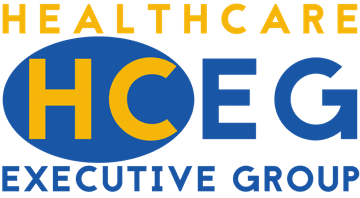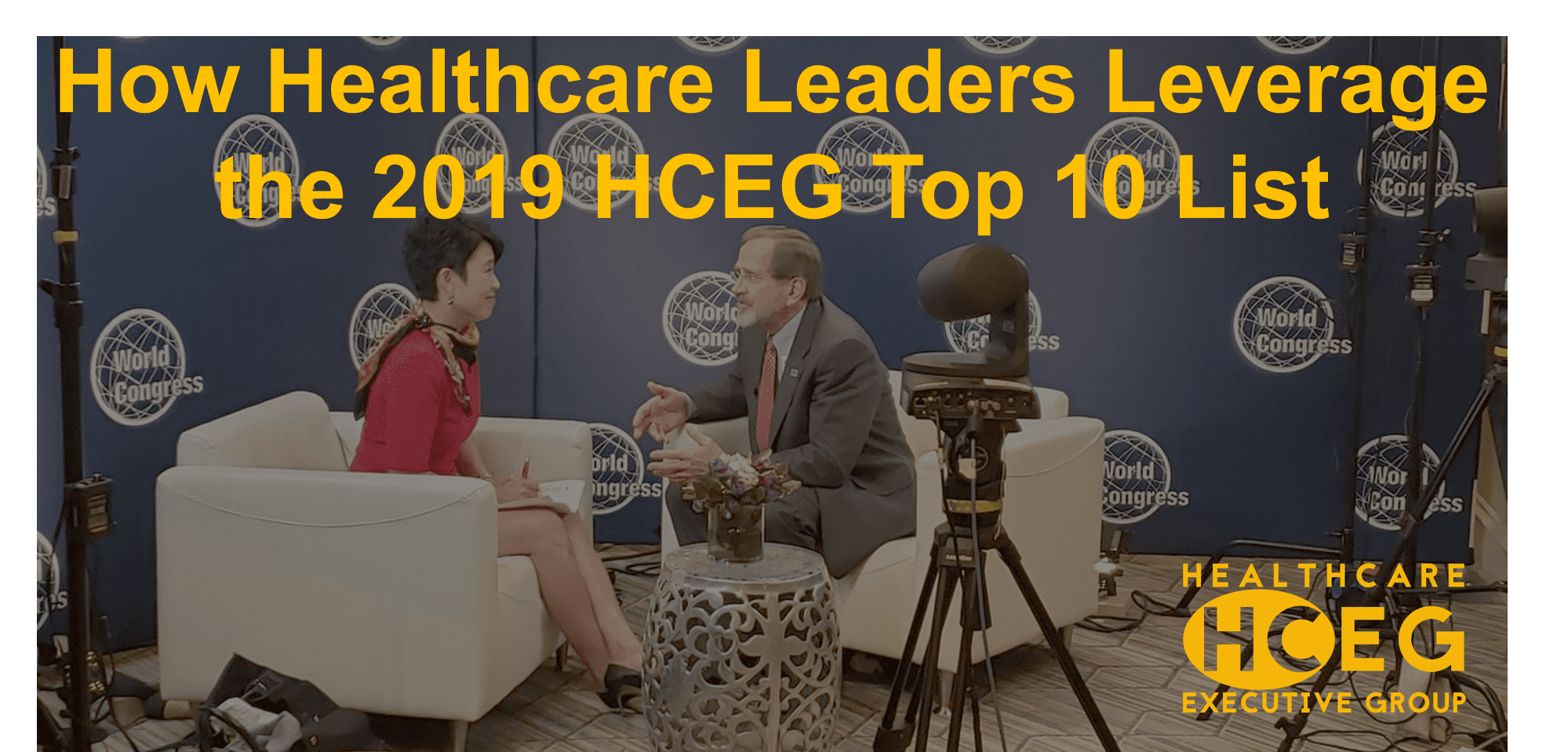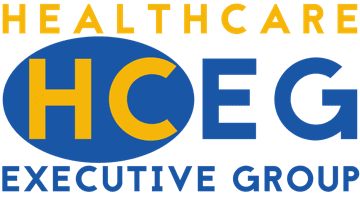
If analytics is the machine powering your digital transformation initiatives, then data is the power making that digital transformation machine run. The importance of data and analytics has been identified by our members in each of the last ten years HCEG’s Top 10 list of challenges, issues, and opportunities have been created. For 2019, “Data & Analytics” is ranked #1 on the HCEG Top 10. It’s clear that healthcare leaders believe that data is a catalyst to accelerate meaningful change. And that the use of analytics – particularly prescriptive analytics – is a fundamental strategy for succeeding in a new era of healthcare.
Mountains of Data Waiting to Power Your Healthcare Analytics Machine
Good analytics begins with good data and healthcare organizations are sitting on a mountain of data. According to America’s Health Insurance Plans (AHIP), the typical regional payer processes $8 billion in claims each year with each claim providing its own set of unique data points – largely financial and administrative. But healthcare payers are increasingly collecting, matching, and using clinical data to provide richer, more comprehensive insight on their members.
Given the proliferation of Electronic Health Records (EHR) incented by CMS’s Meaningful Use program, it’s no surprise that more and more data is being pulled from EHR’s. And risk-sharing agreements between payers and providers has resulted in health plans sharing more claims data with their provider partners. In fact, the current Industry Pulse report indicates that EHR data is one of the top two primary sources of clinical data with 30% of health plans reporting they utilize EHR data.

RELATED: 9th Annual Industry Pulse Research Survey Results
Popular Use Cases for Healthcare Analytics
These enhanced data sources are becoming more and more useful due to the power of artificial intelligence (AI) and machine learning.
New research from Dimensional Insight identifies care quality measures and finance as two top use cases for healthcare organization usage of analytics today. Additional use cases for leveraging data by analytics include
- Addressing Social Determinants of Health (#3 on the 2019 HCEG Top 10)
- Value-based Care and Alternative Payment Models (#4 on the 2019 HCEG Top 10)
- Improving Patient Engagement and Satisfaction
- Patient Outcomes Improvement
Analytics Budgets are Increasing for Healthcare Organizations
According to a recent report from the Society of Actuaries, greater than 60 percent of payers and providers are planning to increase their analytics budgets by 15% or more.
Additionally, the report finds that 89% of healthcare executives plan to use predictive analytics over the next five years. It’s clear that healthcare payers and health systems have a keen focus on leveraging the massive amounts of data they possess. These data serve to reveal trends, patterns, and insights to help ensure their success going forward.
Solving the Rubik’s Cube of Payer Data
i.e. Lining Up All Your Data to Rapidly and Accurately Gain Unique Insights
For insight into how your healthcare organization’s data can be used to improve health outcomes and reduce costs, join our next Webinar Series Event on June 6th at 2:00 PM EDT / 11:00 AM PDT. Our sponsor partner eQHealth Solutions presents “Solving the Rubik’s Cube of Payer Data.”





